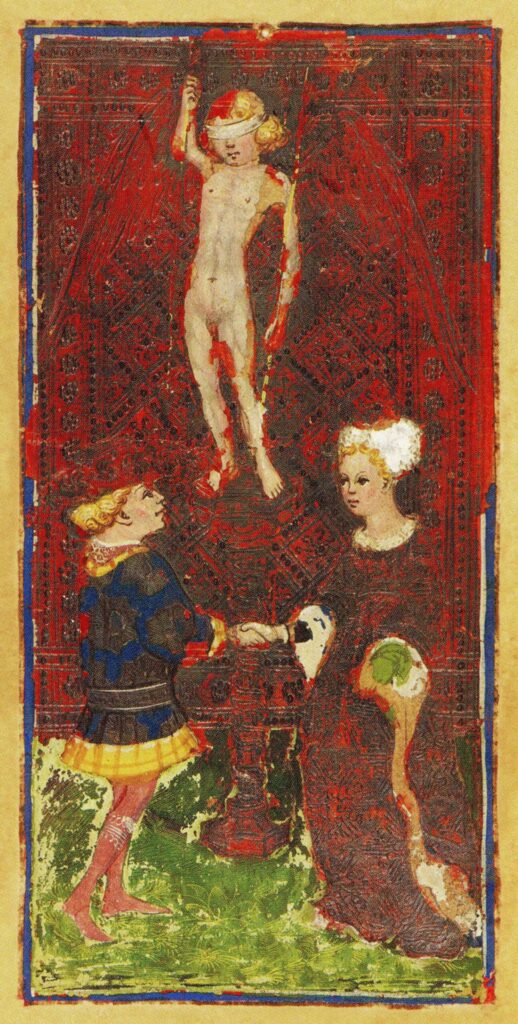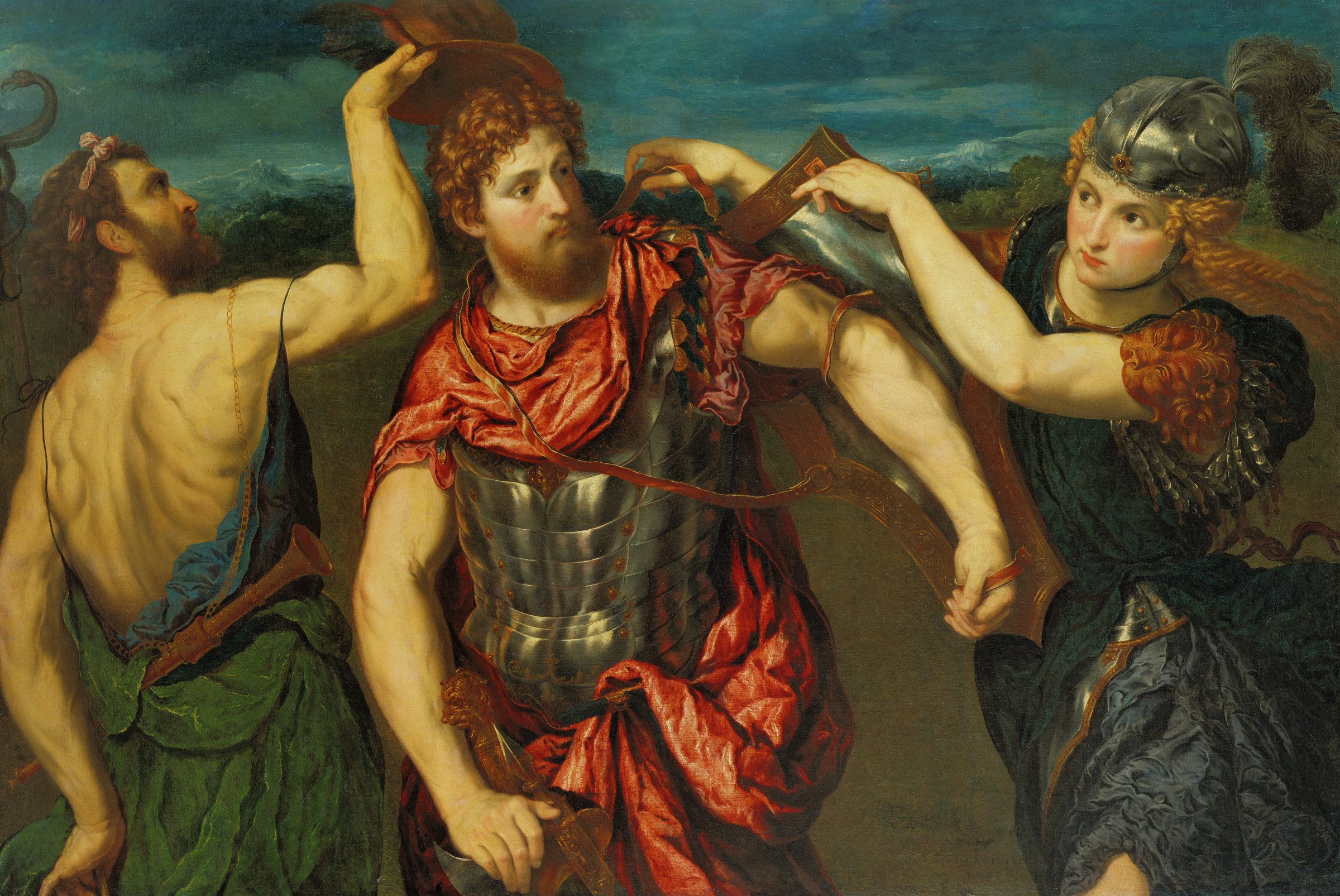The image of Mercury has always unsettled those who seek certainty. He is never fixed, he escapes definition. He walks with the Sun, sometimes combust, other times under the burning fire of cazimi, but does not belong to it. He at times is tied to the day and at times to the night. This shifting place is the very seal of his mystery. The ancients knew him as messenger, as guider of the soul, as thief, as scribe.
In the sky his body never strays far from the brilliance of the Sun; sometimes he goes before as morning star, sometimes he follows as evening star. This ceaseless alternation already reveals his nature. He is the only one among the wandering stars who can belong to both astrological sects. He may take the side of the diurnal host or join the nocturnal band. In that gesture lies the essence of the androgynous psychopomp. He alone passes between worlds; he alone can walk both roads.
I. The Double Belonging
Astrologers place each planet within its own choir. The Sun and Jupiter stand firm within the light of day; the Moon and Venus sing in the choir of the night. Saturn and Mars oppose as malefics, the former in the day and the latter in the night. Only Mercury is permitted to change sides. The old hierophants defined this by elongation from the Sun. If he rises before the Sun he is morning star, turning towards the day. If he rises after the Sun he is evening star, turning towards the night.
This shifting allegiance is not an accident of astronomy, since it represents the planet’s vocation. It shows Mercury as one who crosses boundaries without being consumed. He can carry a soul from the underworld to the upper air; he can descend with a word of light into the cavern of matter. In his dual belonging is hidden a reflection of the human condition itself. Humanity is divided, living in body and in Spirit. Mercury reveals that division and also shows the possibility of reconciliation.
The myth of Hermes as guide of the dead, leading shades across the river, is an image of this double belonging. He is simultaneously companion of the living and servant of Hades. Such a role would be impossible for any other god. For him it is natural. This is why Mercury is the one who holds the caduceus, the rod entwined with serpents, uniting the opposites without erasing them. The serpents are still distinct, but they share the same staff. That is the form of his gift.
II. The Alchemical Spirit
In the art of transmutation Mercury is never a mere metal. He is the Spirit that quickens all things. Alchemists spoke of three principles: sulphur, mercury, and salt. Sulphur is the fire of the will, salt the body of matter. Mercury stands between them. He sublimates and reunites. The ancient word for sublimation was often tied with him; to sublimate is to lift the Spirit from the weight of the body and that rising is mercurial. Without him the work remains fixed in its heaviness; with him the work breathes.
He also coagulates. The vapour becomes again liquid, the liquid becomes again solid, and yet something has changed. He is the wind that enters the vessel, the silver serpent that rises from the black earth, the clear voice that announces the secret hierogamic union. His very name suggests this quick movement; Mercurius is related to commerce, exhange, to the act of passing the Sacrament.
III. The Sign of the Dyad
In the soul, Mercury marks the dyad. Human life is divided into two poles. There is the body that eats, sleeps, and labours, and there is the Spirit that longs for eternity. To live is to bear the tension between them. Mercury mirrors this. He is never in one place; he is always moving between. Kabbalists placed him in the sphere of Hod, the splendour that reflects without being the source. Hod is language. It is the echo of the Divine word. And Mercury is that act of translation of the invisible.
In the Gospels, Christ says that the Spirit will teach and remind, leading into all truth. This is mercurial speech. It descends, it interprets, it guides. The Divine cannot be taken by force. It must be carried through a messenger. The bridge is essential. Without Mercury the Word would burn the world; with Mercury that same Word can be heard. He is the dyad made flesh, the twinned condition of human life, the veil between heaven and earth.

The mystery of this dyad is also inscribed in the Tarot. The Lovers, card of union, is assigned to Gemini, the mutable air sign ruled precisely by Mercury. Gemini itself is a constellation of the twins, a stellar image of two made one. The arcanum speaks of the encounter of opposites, of a choice that is also a an alchemical marriage.
Air is the element of Yetzirah, the world of formation, where words and Angels dwell. In its mutable quality it never stands still; it carries the invisible in motion. And that volatility is the mercurial essence. On the Tree of Life the Lovers mark the path between Binah and Tifereth. From the Archetypal Mother in the supernal triad descends the power to join the opposites. In Tifereth, the Logos is born; the harmony between the two pillars of the Temple becomes visible. This is the mercurial act raised to its highest dignity, as it shows that the union of spirit and flesh, of Word and silence, is the primordial balance that unites Heaven and Earth.
Κύριε ελέησον
